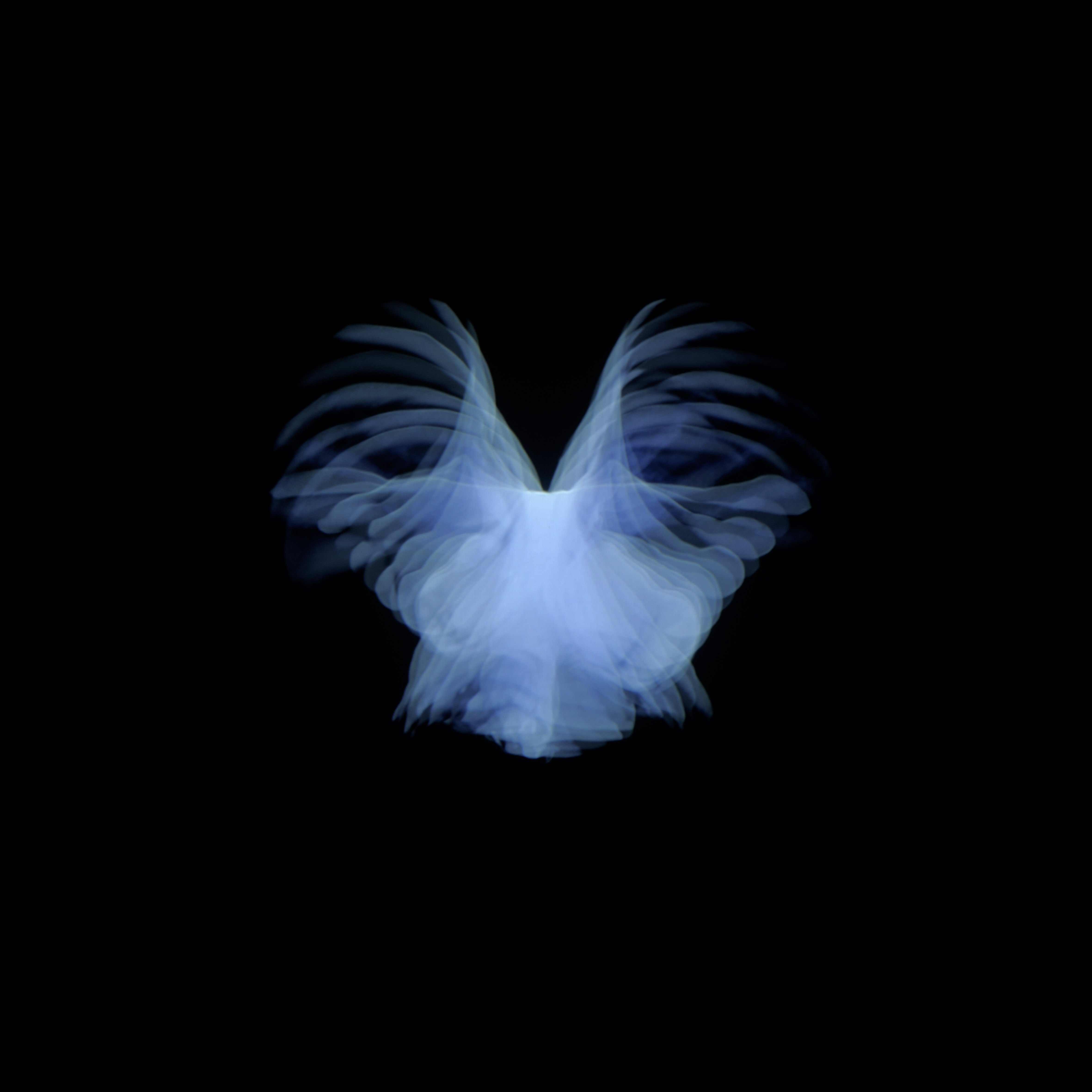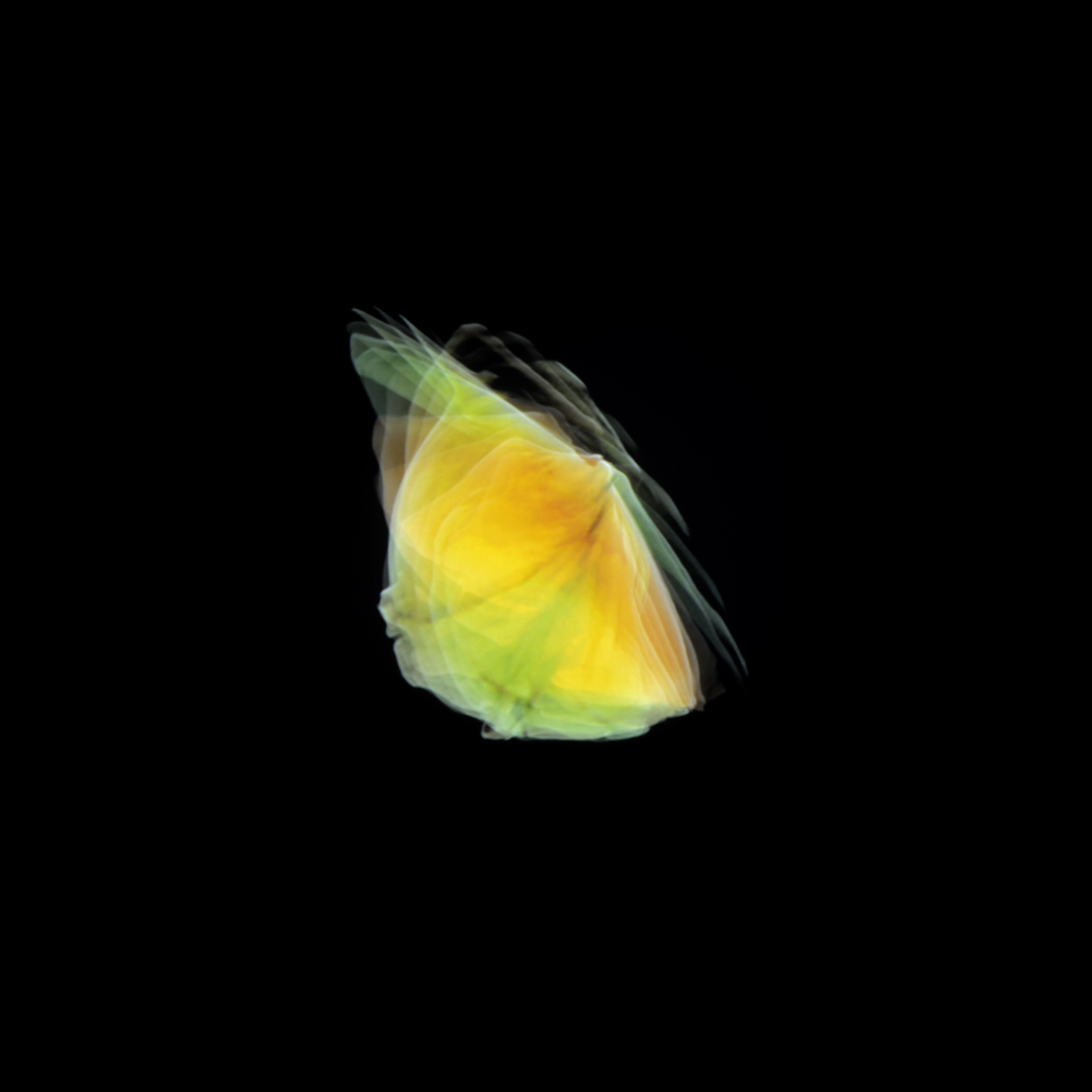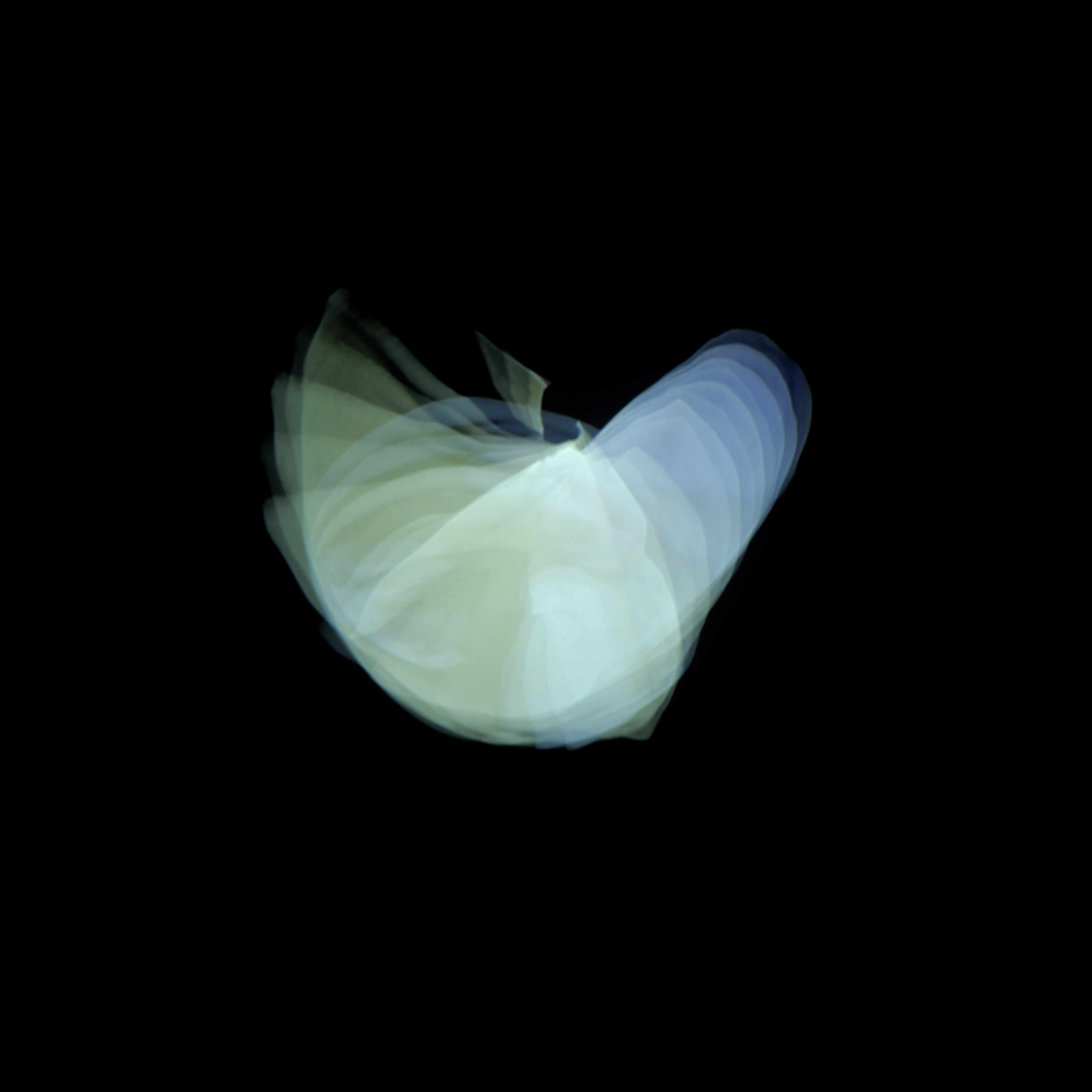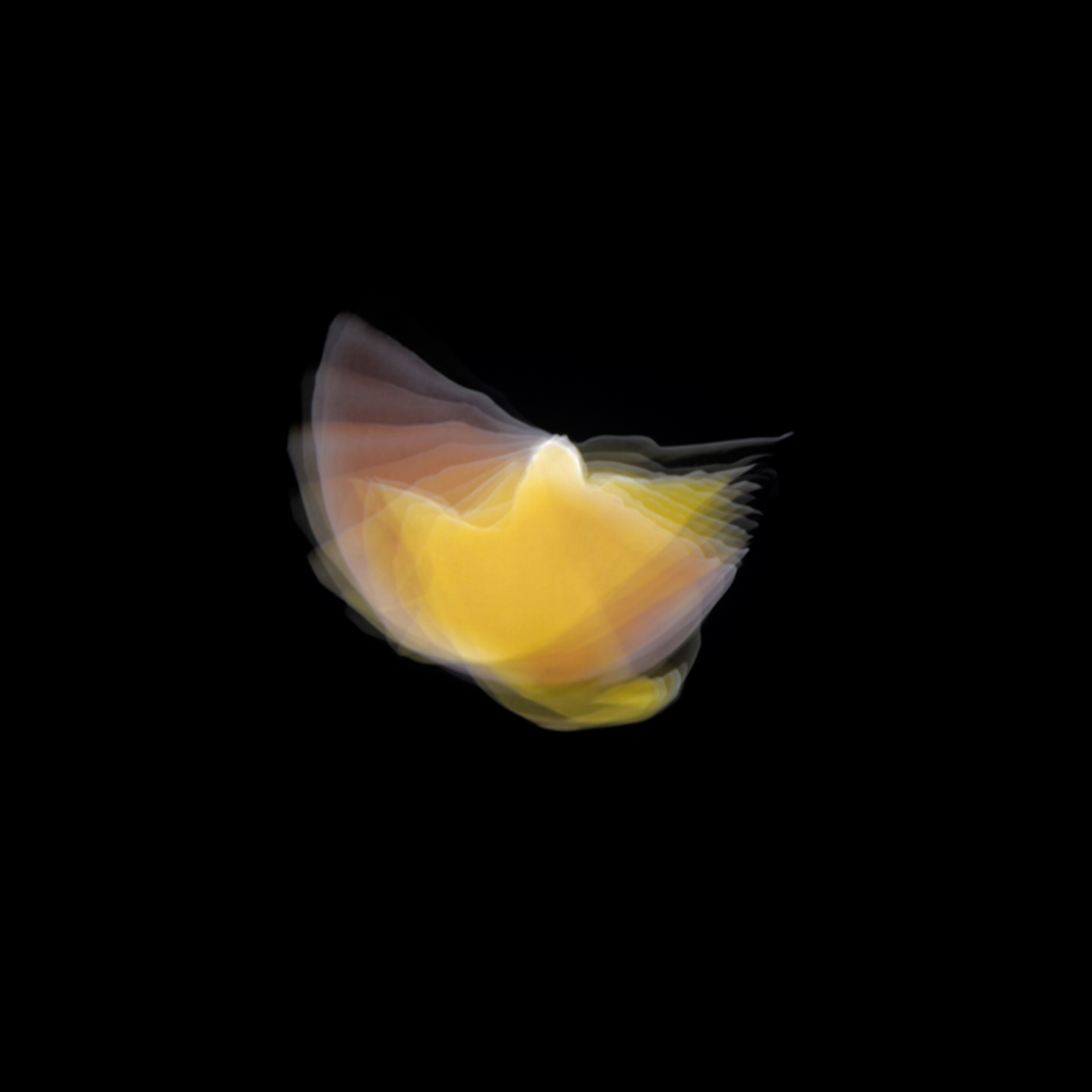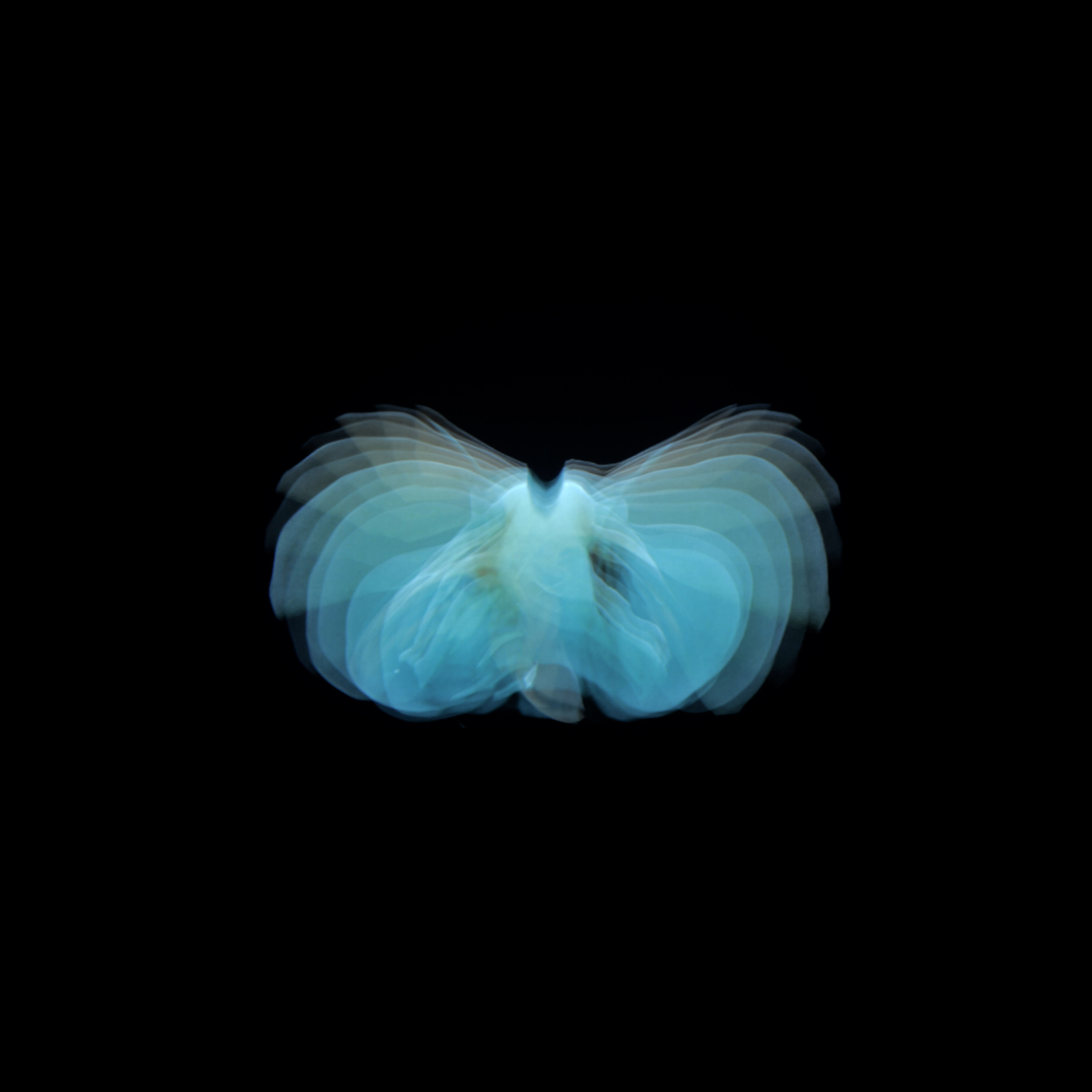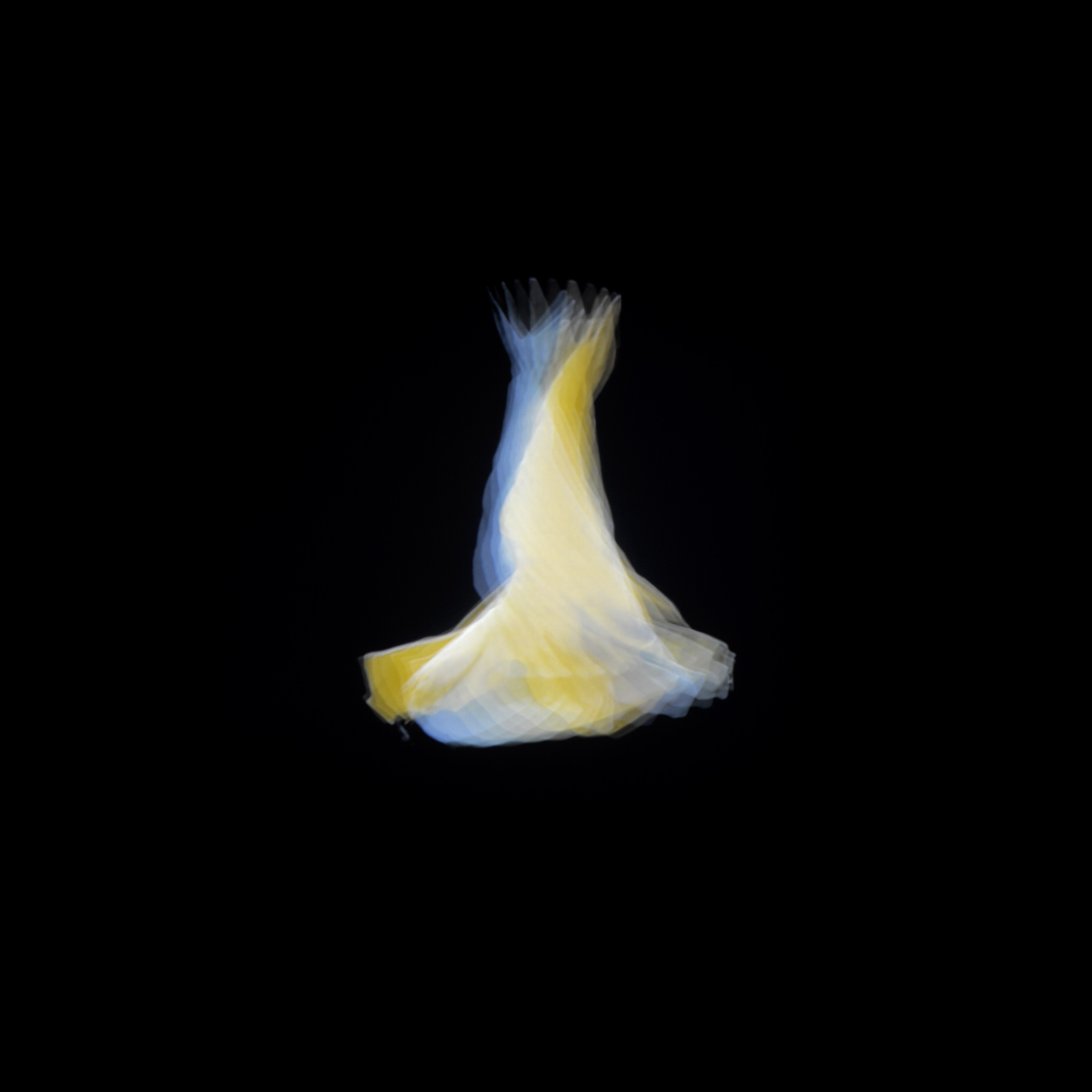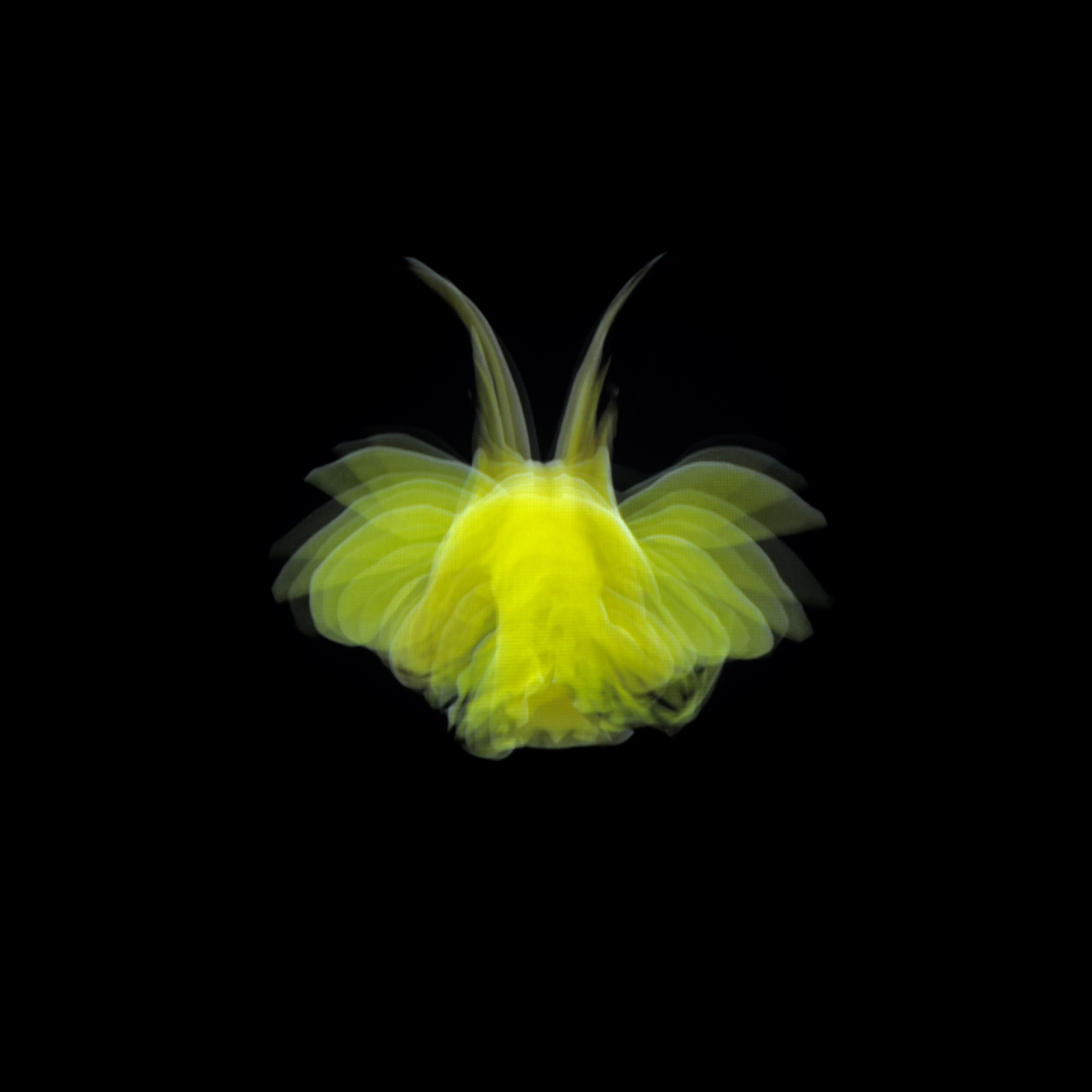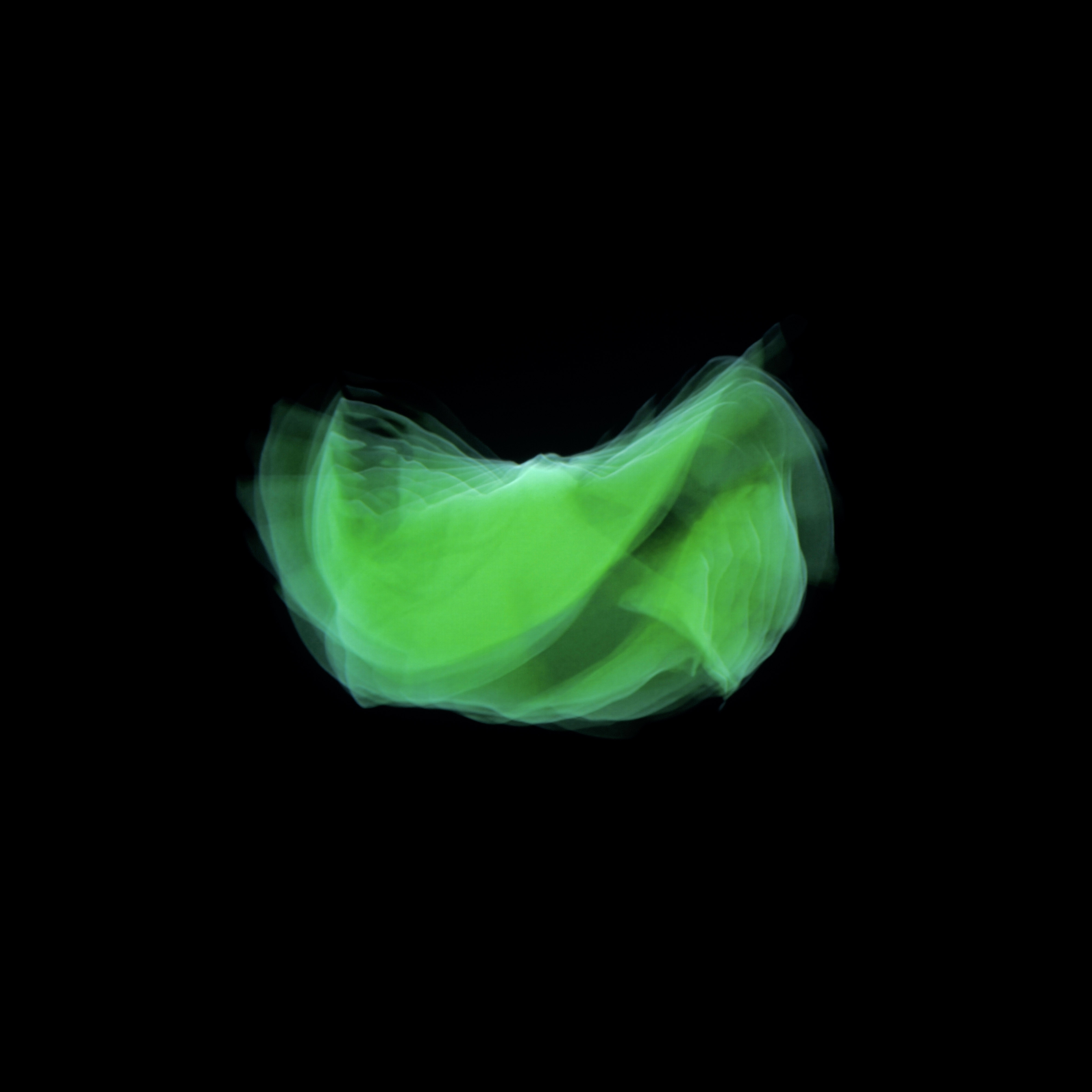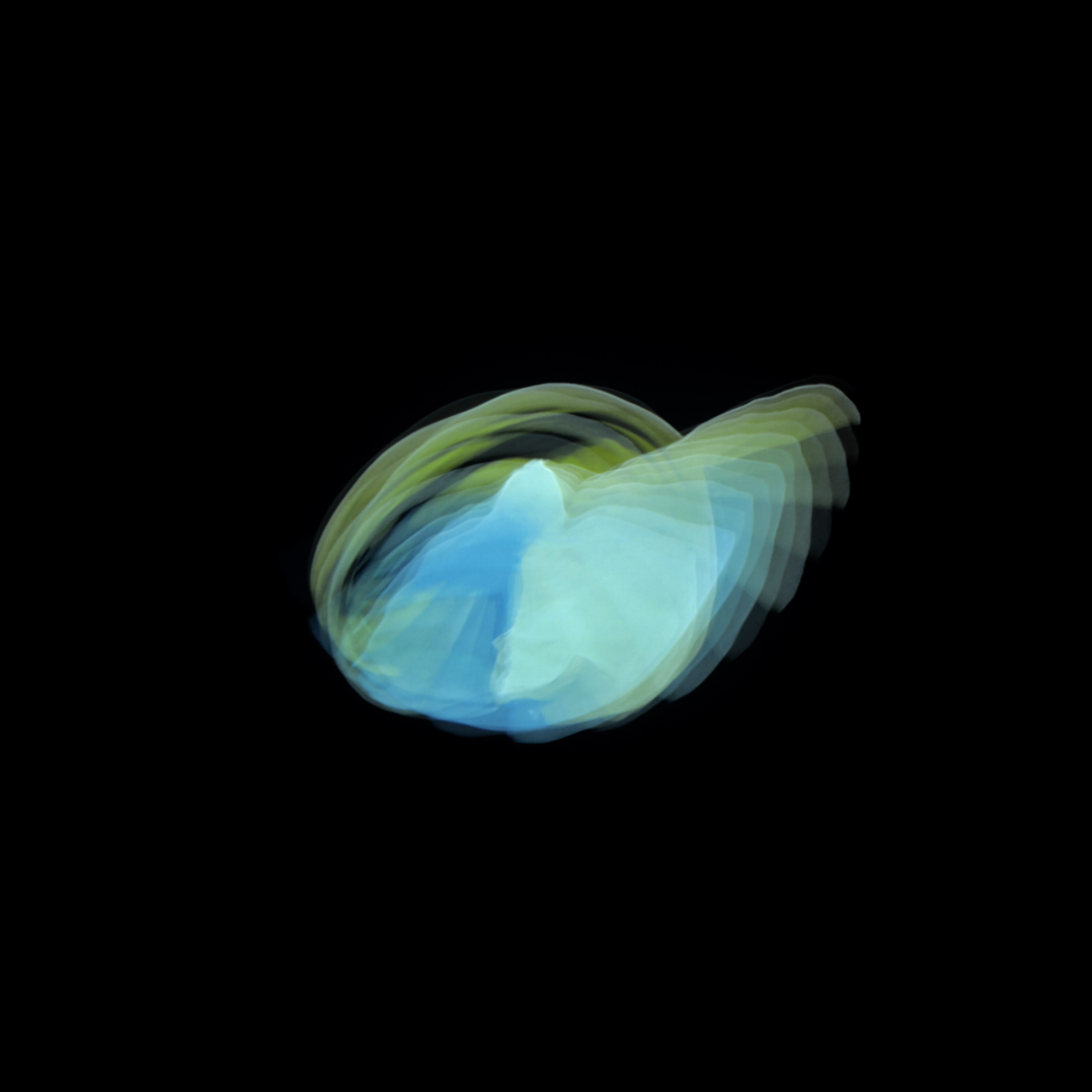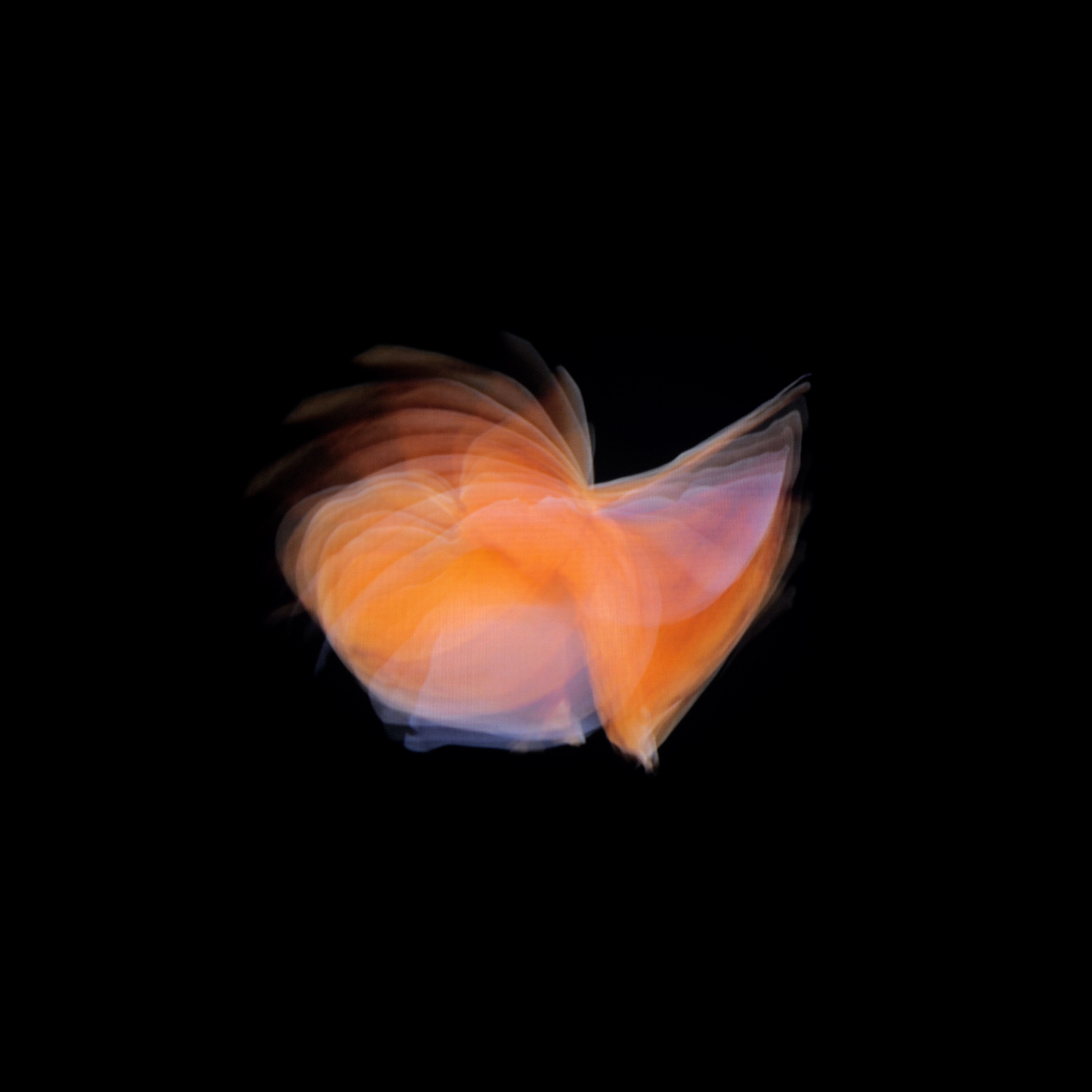

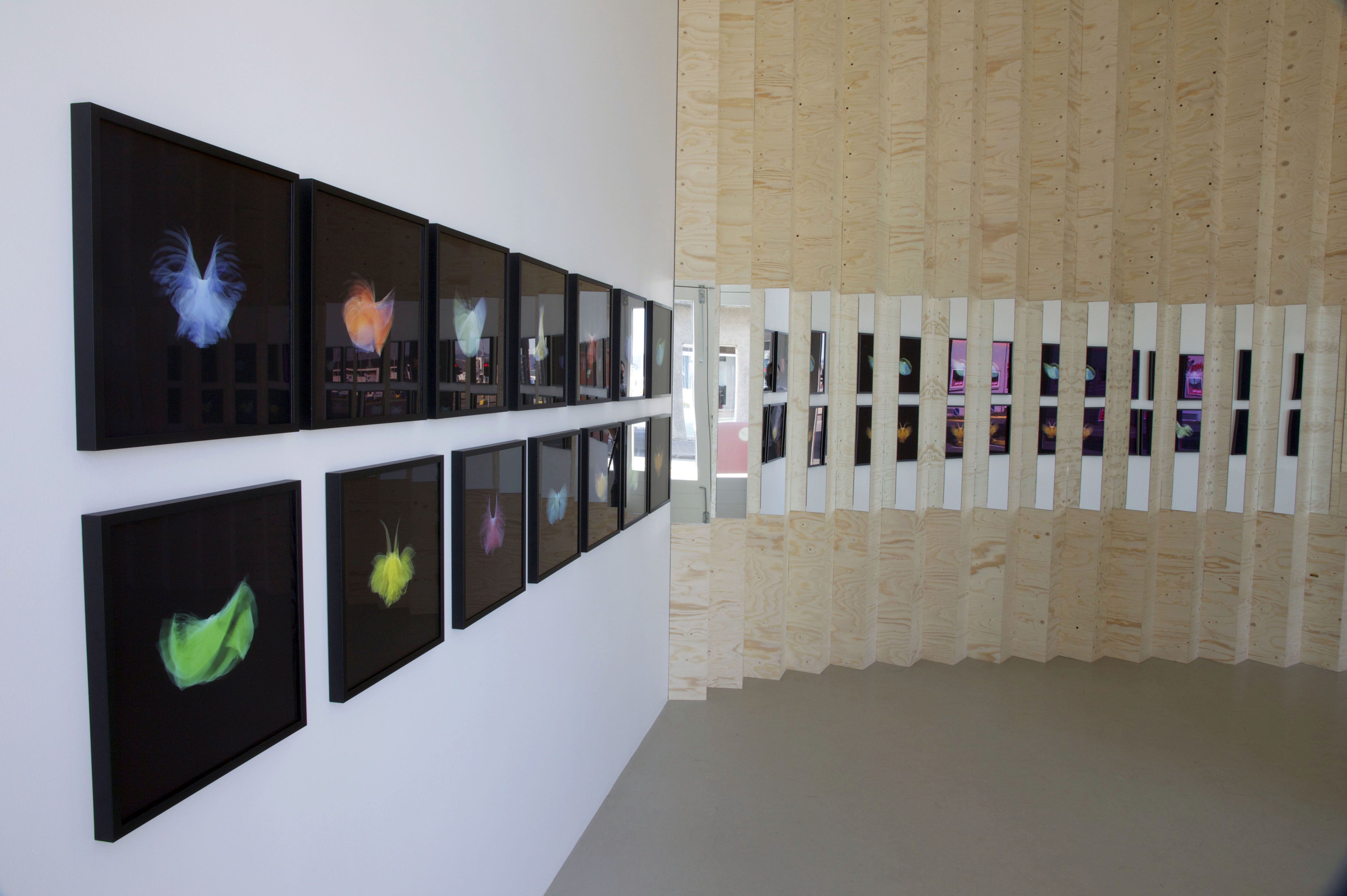



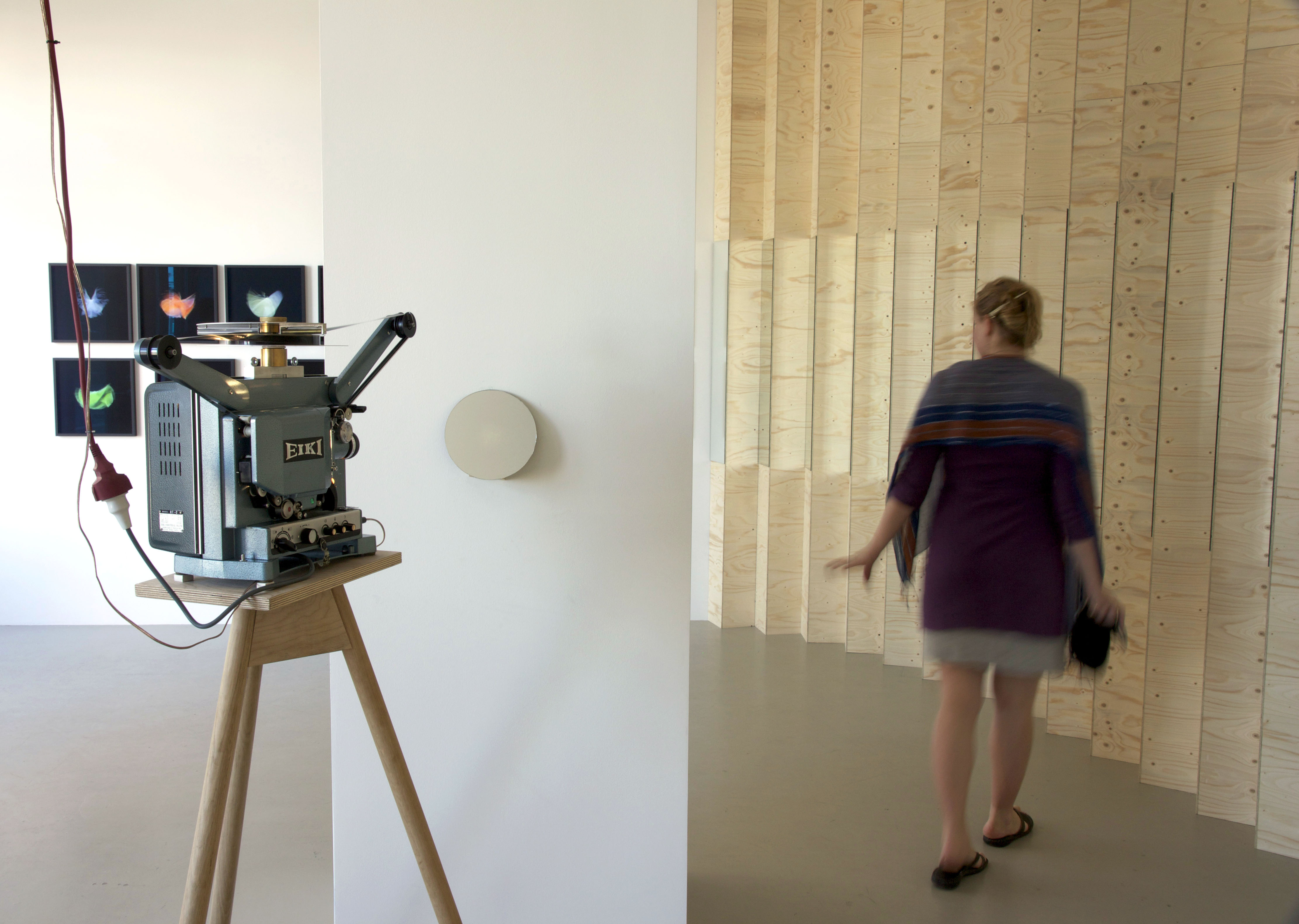





TRACE
2010
i8 Gallery, Iceland.
plywood walls, mirrors, 16mm projection, sound system, archival inkjet prints.
RECIPROCAL
(16 mm film)
Camera: Pablo Pijnappel
Choreography:
Nina Kurtela & Anat Eisenberg
Costume: Hrafnhildur Gudrunardottir
Sound: KiraKira
Animation: Sara Gunnarsdottir
On set photographer: Laure Bertin
2010
i8 Gallery, Iceland.
plywood walls, mirrors, 16mm projection, sound system, archival inkjet prints.
RECIPROCAL
(16 mm film)
Camera: Pablo Pijnappel
Choreography:
Nina Kurtela & Anat Eisenberg
Costume: Hrafnhildur Gudrunardottir
Sound: KiraKira
Animation: Sara Gunnarsdottir
On set photographer: Laure Bertin
Just as a line is a tracing of a point, a plane the tracing of a line and a space the tracing of a plane, a phenomenon in space is the tracing of time. Time appears to be in motion, because we are hardlntinuum.
The American choreographer Loïe Fuller (1862-1928) became world renowned for introducing a revolutionary dance, which was to become an important contribution to performing arts. In the so called Serpentine dance, she produced an image on stage which was non representational. In other words Fuller managed to break free from the shackles of traditional representational dance which continually mimicked familiar realities, creating instead a more abstract embodiment of an idea. By conjuring an abyss by means of a blackened stage, Fuller changed the dancers relation to the surroundings. In the dancing body the difference between inside and outside is erased as the dancer seems to contain the space in which she is contained. The innovative aspect of Fullers creation was that instead of showing the dancer "dance", she conjured up the tracing of the kinetic energy which the body instigates, just as a draughtsman, when he puts a point in motion to create a line.
"...it is not, what you see, but how you see it, that counts", wrote Loïe Fuller in her notebook. The same can be said about Elín Hansdóttir's Trace. Hansdóttir not only alludes to Fuller's ideas, but equally to the Lumière brothers movie clip of her Serpentine dance, in her own research on how energy disperses movement in time and space.
The American choreographer Loïe Fuller (1862-1928) became world renowned for introducing a revolutionary dance, which was to become an important contribution to performing arts. In the so called Serpentine dance, she produced an image on stage which was non representational. In other words Fuller managed to break free from the shackles of traditional representational dance which continually mimicked familiar realities, creating instead a more abstract embodiment of an idea. By conjuring an abyss by means of a blackened stage, Fuller changed the dancers relation to the surroundings. In the dancing body the difference between inside and outside is erased as the dancer seems to contain the space in which she is contained. The innovative aspect of Fullers creation was that instead of showing the dancer "dance", she conjured up the tracing of the kinetic energy which the body instigates, just as a draughtsman, when he puts a point in motion to create a line.
"...it is not, what you see, but how you see it, that counts", wrote Loïe Fuller in her notebook. The same can be said about Elín Hansdóttir's Trace. Hansdóttir not only alludes to Fuller's ideas, but equally to the Lumière brothers movie clip of her Serpentine dance, in her own research on how energy disperses movement in time and space.
Hansdóttir has divided the exhibition space with a liporello wall. In the bright front she exhibits on the one hand colour photographs which reveal a certain motion in time (just under one second), and on the other black and white stills of discrete moments (a few fractions of a second). What the images have in common is how they reveal the eternal flux of a metamorphosing form, which otherwise (without the motions of the body) would simply remain static.
Mirrors on the liporello wall, just like a film, divide the viewers movements into separate and distinct moments, as they walk past. In front of the wall a machine projects a 16mm film which Hansdóttir filmed at a Lichtspielhaus (or "light theater") in Berlin, one of the earliest movie theatres in Europe. The film is projected through the wall, by means of two mirrors that transport the image from the front to the rear space and create a reference to the subject's journey in the process of filming, when the viewer is allowed to see in one place that which has happened in another.
The film is the starting point of Hansdóttir's investigation, since the accompanying sound, the wall and the photographs are either part of the process or its aftermath. In actual fact, it is the traces themselves which the process as a whole has left behind in time and space, which is of prime importance, whether it be from a body, machine or light source.
Mirrors on the liporello wall, just like a film, divide the viewers movements into separate and distinct moments, as they walk past. In front of the wall a machine projects a 16mm film which Hansdóttir filmed at a Lichtspielhaus (or "light theater") in Berlin, one of the earliest movie theatres in Europe. The film is projected through the wall, by means of two mirrors that transport the image from the front to the rear space and create a reference to the subject's journey in the process of filming, when the viewer is allowed to see in one place that which has happened in another.
The film is the starting point of Hansdóttir's investigation, since the accompanying sound, the wall and the photographs are either part of the process or its aftermath. In actual fact, it is the traces themselves which the process as a whole has left behind in time and space, which is of prime importance, whether it be from a body, machine or light source.





